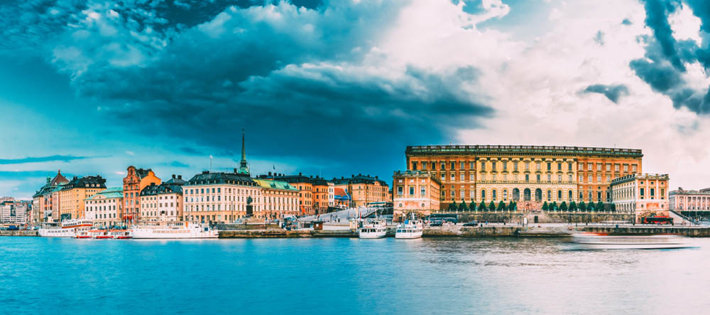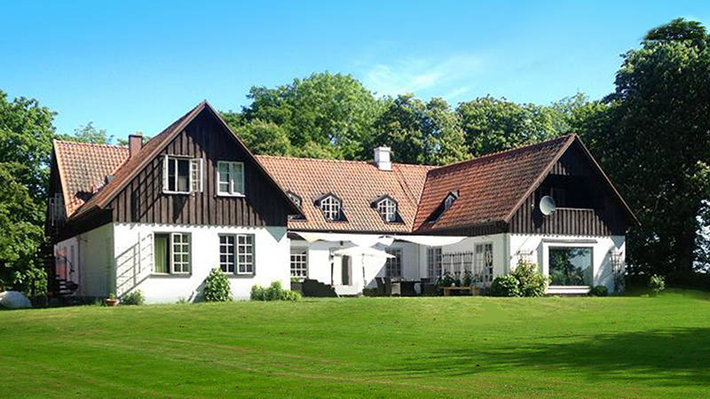Sweden Drug Abuse

Sweden has long had a “no drug tolerance” policy in government and law enforcement matters. This policy has been reflected in their laws, policies, and procedures among medical practitioners, and in budgeting for social services including drug prevention and drug addiction treatment. The result is levels of drug abuse and addiction that are far below that of the rest of Europe.
Sweden’s Patterns of Substance Abuse Differ Also
While opiates and cocaine are major problems in the rest of Europe, Sweden’s early problems were with amphetamines in different forms. They started in 1938 when amphetamines were legal. Heavy advertising of “pep pills” promoted use in as many as 70 to 80 percent of students. One slogan read, “Two pills are better than a month’s vacation.” By 1943, 200,000 users were consuming 10 million pills a year.
The National Medical Board of Health issued a warning on the risk of abuse of these stimulants and abuse dropped greatly. Still, amphetamines constitute Sweden’s largest category of illicit drug abuse at 35 percent of treatment demand for illicit drug abuse, whereas, in Europe, opiates are by far the top choice (59 percent). Opiates fall in second place in Sweden, with 32 percent of the demand for addiction treatment. Cannabis is third at 20 percent.
The Stockholm Experiment
In the mid-1960s, as international demand and use for illicit drugs was on the rise, an experimental project was launched to see if handing out amphetamines could limit the harm being created by drug abuse and drug addiction. Doctors in Stockholm handed out amphetamines to an average of 82 patients at a time. In a two year period, 15 kilograms of drugs were distributed for free.
A variety of problems soon showed up as a result of this experiment:
- Legally prescribed drugs began showing up on the illicit market.
- The number of arrestees who showed signs of intravenous drug use rose from 20 percent to 33 percent.
- One or more people overdosed and died on drugs obtained from this program.
Investigations and observations by police made it plain that participants in this experiment were injecting others with their drugs. One police detective reported that from three known drug abusers who lived in one-room apartments in her area, suddenly there were ten to twenty people per apartment, all under the influence of drugs. The experiment was considered a failure and canceled.
Current Use Numbers a Fraction of Europe’s Figures
In general, Sweden has held onto its goal for an entirely drug-free country. A bill submitted to raise the standards for drug controls in 1978 stated, “Drug abuse can never be accepted as part of our culture.” While leading up to the new millennium, drug abuse treatment figures and overdose deaths increased, they have been dropping since.
Between 2001 and 2006, surveys of 15 to 16-year-olds show that statistics for lifetime use of any drug dropped from 9 percent to 6 percent. Similar decreases were seen among young men joining the army. The estimated number of problem drug users fell from 28,000 in 2001 to 26,000 in 2003. Drug-related deaths and number of people receiving substance abuse treatment have also been declining.
Statistics for drug use, particularly cannabis use, are a third to a fourth of the numbers seen in the rest of Europe.
Alcohol Consumption on the Rise in Some Groups
While drug consumption may have been reducing, some groups of citizens are involved in alcohol abuse at increasing levels.
Between the late 1990s and 2007, the number of young women (16 to 24) who were admitted to a hospital for alcohol-related illnesses increased 119 percent. In the same time, the figure for men only increased 32 percent.
Government reports state that one in four retirees consumes alcohol at a hazardous level, defined as three bottles of wine per week for a man and two bottles for a woman. Between 1998 and 2006, this number increased 50 percent. And since alcohol-related snowmobile deaths have also been on the rise, the government has considered a law that snowmobiles must come with a breath analyzer that must be used before the vehicle will start.
It is interesting to note that not only are the liquor stores in the country all owned by the state and until recently, the liquor manufacturer that produced Absolut vodka was also owned by the government of Sweden.
Narconon in Sweden Supports the Drug-Free Goal
The second Narconon drug and alcohol rehabilitation center in the world was opened in Sweden soon after the addiction recovery program was founded in 1967. Staff trained and experienced in using the Narconon drug recovery technology have worked with the Stockholm police and the national army to provide them with the facts of drug abuse and addiction. In some parts of the country, Narconon has received recognition as a drug rehabilitation facility accredited by the national government.

The goal of Narconon is the same as the goal of Sweden: zero tolerance of drug abuse or alcohol abuse. A drug treatment center using Narconon technology is situated in Eslov. The emphasis is not on creating an addict who can carefully face one day at a time drug-free, it’s on creating a person who is no longer interested in drug or alcohol abuse and who can pursue a productive, enjoyable and worthwhile life.
 ®
®